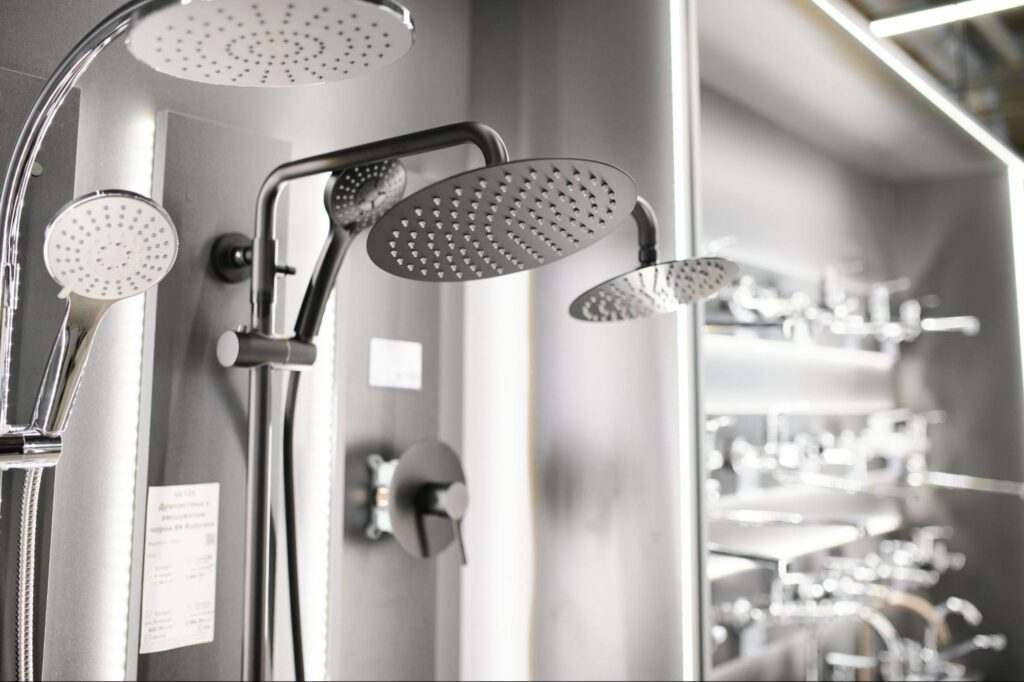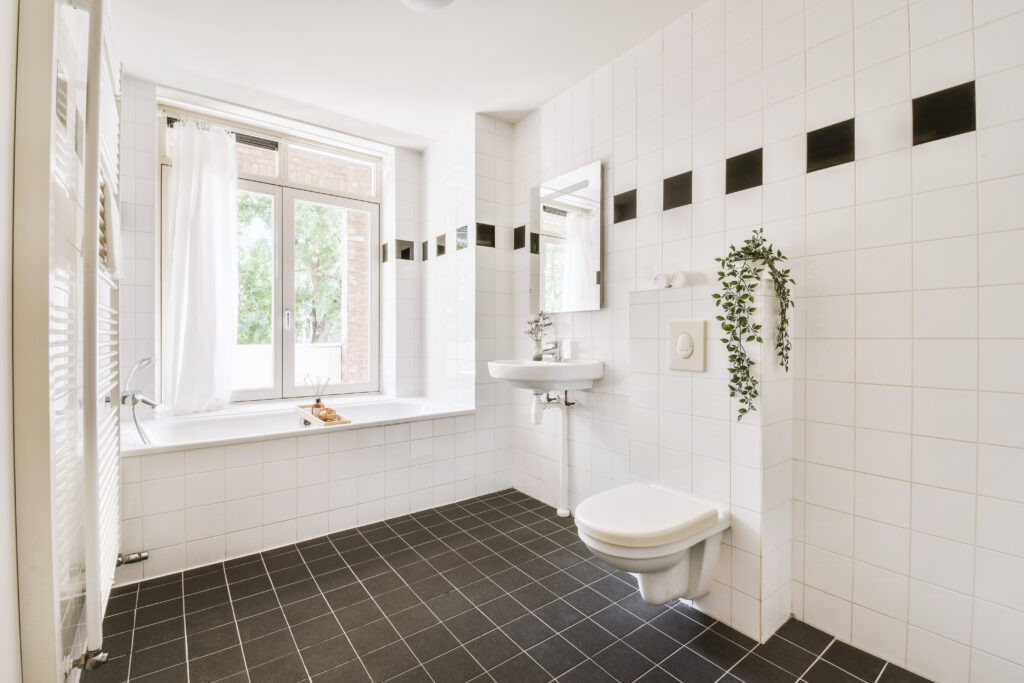Pros and Cons of Walk-In Showers vs. Traditional Shower and Tub Combos
When it comes to designing or remodeling your bathroom, the shower is a focal point that greatly influences both aesthetics and functionality. Two popular choices are walk-in showers and traditional shower/tub combos. Each option has its unique set of advantages and drawbacks. In this blog post, we’ll explore the pros and cons of walk-in showers and traditional shower/tub combos, helping you make an informed decision that suits your lifestyle and preferences.
Walk-In Showers
Pros
Open and Spacious Feel
Walk-in showers contribute to a contemporary and spacious feel in the bathroom. Their open design visually enlarges the space, making the bathroom appear more modern and inviting. The absence of a curb or step makes walk-in showers easily accessible for individuals with mobility issues or those who prefer a seamless transition into the shower space.
Easy Maintenance
Cleaning a walk-in shower is generally more straightforward due to its open design. There are fewer nooks and crannies for mold and mildew to hide, streamlining the cleaning process. With fewer surfaces and materials, maintaining a walk-in shower can be less demanding. Opting for materials like glass or high-quality tiles can further reduce the need for extensive maintenance.
Customization Options
Walk-in showers offer a wide range of design possibilities. From frameless glass enclosures to intricate tile patterns, you have the flexibility to customize the aesthetics according to your taste and overall bathroom design. Walk-in showers can be adapted to fit into various bathroom layouts. Whether you have a small bathroom or a large ensuite, the flexibility in size and design makes walk-in showers versatile.
Cons
Temperature Variability
Without a shower curtain or door, walk-in showers may result in temperature fluctuations, especially in larger bathrooms. This can lead to cooler shower experiences, especially in colder climates. The open design may allow water to splash outside the shower area, potentially requiring additional waterproofing measures or a well-designed drainage system.
Installation Costs
Installing a walk-in shower can be more expensive initially, especially if you opt for custom designs, high-quality materials, or intricate tiling. In some cases, creating a walk-in shower may require structural changes to the bathroom floor to accommodate proper drainage, potentially adding to the overall cost.
Traditional Shower/Tub Combos
Pros
Versatility
Traditional shower/tub combos offer the versatility of both a shower and a bath in one space. This is ideal for households with varying preferences or when designing a bathroom for potential resale. For families with small children, the bathtub in a combo provides a convenient and safe space for bathing.
Cost-Effective Installation
Traditional shower/tub combos are generally more cost-effective to install initially. They often require fewer structural changes and may be a more budget-friendly option.
Readily Available Materials
The materials used in traditional shower/tub combos are widely available, making replacements and repairs more accessible and potentially more affordable.
Consistent Temperature Control:
The enclosed space of a traditional shower/tub combo helps maintain a consistent temperature during showers, providing a comfortable experience. Adding a shower curtain can help contain water and prevent splashing, offering an additional layer of protection against water damage.
Cons
Space Limitations
The enclosed design of a shower/tub combo can make the bathroom appear smaller, especially in compact or narrow spaces. Traditional shower/tub combos may limit design flexibility compared to walk-in showers. There may be fewer customization options, especially when working with a pre-existing bathroom layout.
Maintenance Challenges
The design of a shower/tub combo, with its enclosed space and potential for hidden corners, may pose challenges during cleaning. Certain areas may be harder to reach, leading to the potential for mold or mildew growth. The presence of grout, caulk, and potential for water damage in the enclosed design may result in higher maintenance requirements over time.
Making the Best Choice for Your Bathrooms
The decision between a walk-in shower and a traditional shower/tub combo ultimately depends on your preferences, lifestyle, and the specific needs of your household. Consider factors such as space availability, design preferences, and the importance of features like accessibility or bathtub functionality. By weighing the pros and cons of each option, you can make an informed choice that aligns with your vision for a functional and aesthetically pleasing bathroom.
Visit the Bathrooms by Design, Inc. blog for more advice on bathroom renovations and updates.









